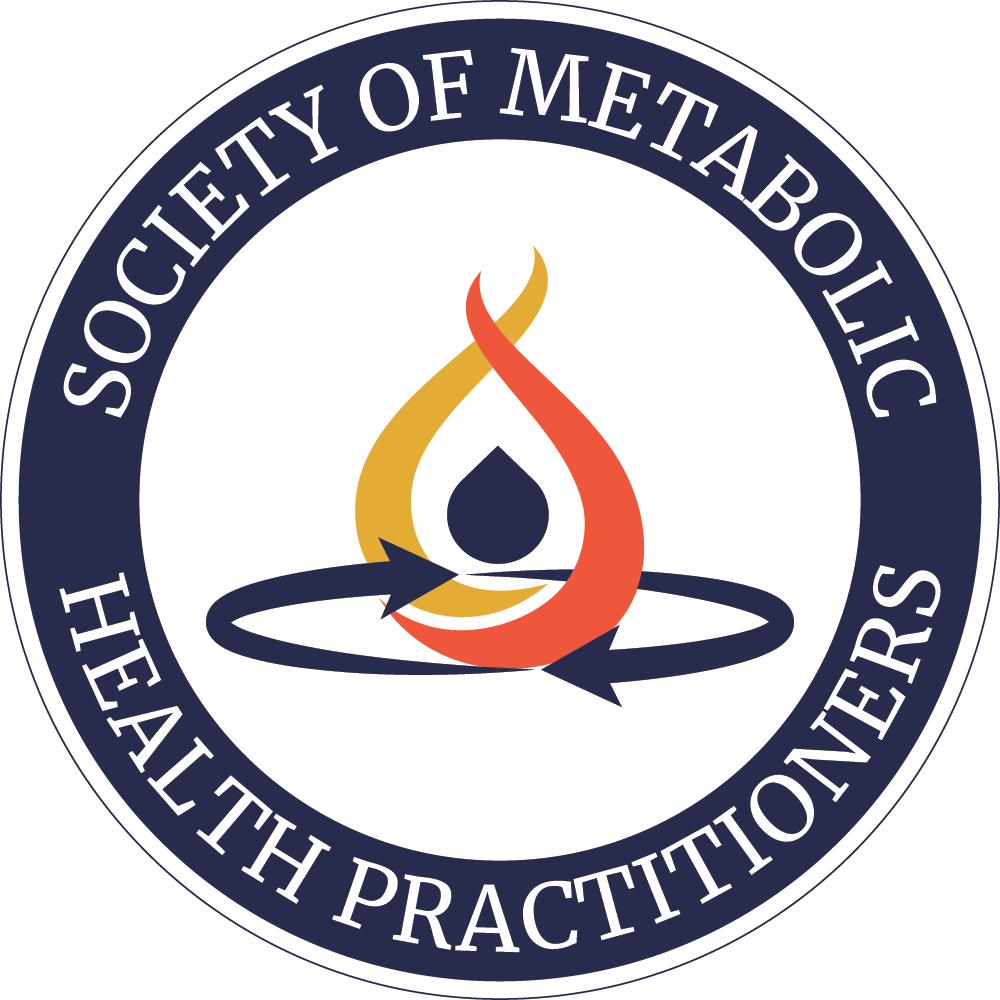Original Research
Effects of brisk walking on fasting blood glucose and blood pressure in diabetic patients
Submitted: 20 September 2022 | Published: 23 February 2023
About the author(s)
Bridgette Opoku, Department of Physiotherapy, Faculty of Health Sciences, University of Ghana, Accra, Ghana; and, Department of Physiotherapy, Faculty of Health Sciences, University of Pretoria, Pretoria, South AfricaCaroline R. de Beer-Brandon, Department of Physiotherapy, Faculty of Health Sciences, University of Pretoria, Pretoria, South Africa
Jonathan Quartey, Department of Physiotherapy, Faculty of Health Sciences, University of Ghana, Accra, Ghana
Nombeko Mshunqane, Department of Physiotherapy, Faculty of Health Sciences, University of Pretoria, Pretoria, South Africa
Abstract
Background: Aerobic exercises have been administered as an adjunct treatment for health conditions; however, the effects of brisk walking on Type 2 diabetes mellitus (T2DM) patients living with hypertension in Ghana are yet to be explored.
Aim: To determine the effects of brisk walking on fasting blood glucose and blood pressure of patients with T2DM living with hypertension in Ghana.
Setting: The National Diabetes Management and Research centre at Korle-Bu Teaching Hospital.
Methods: Males and females above 18 years with T2DM and hypertension were included. Fasting blood glucose, anthropometric measurements and distance walked were measured at baseline and after 8 weeks of intervention. The intervention consisted of brisk walking three times a week for 8 weeks.
Results: Sixty participants completed the intervention. There was a statistically significant reduction of fasting blood glucose (baseline: 8.79 mmol/L (3.55), after intervention: 7.62 mmol/L (2.73) with p = 0.02) and blood pressure levels: (systolic blood pressure baseline: 141.12 mmHg (2.91) after intervention 120.75 mmHg (1.21) with p = 0.00); diastolic blood pressure (baseline: 80.78 mmHg (1.66), after intervention mmHg 69.38 (1.05) with p = 0.00) between baseline and post-intervention.
Conclusion: Eight weeks of brisk walking reduced the levels of fasting blood glucose and blood pressure in patients with T2DM and hypertension.
Contribution: This study will enlighten healthcare workers about the integration of brisk walking as a possible adjunct to control blood glucose and blood pressure levels in patients with T2DM and hypertension.
Keywords
Metrics
Total abstract views: 3015Total article views: 3602
